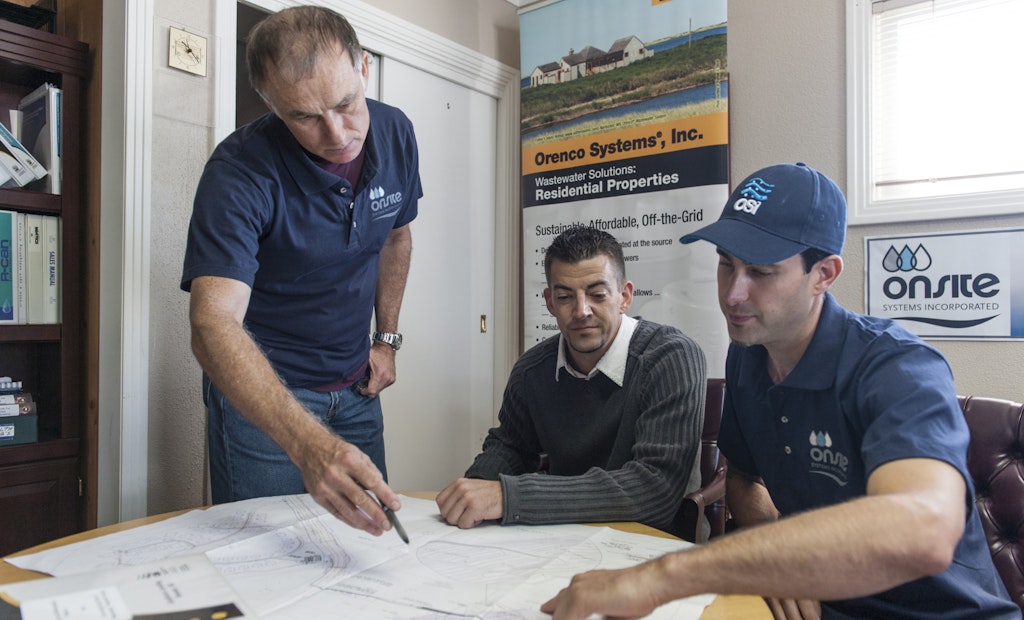So you finally hired a new employee. Do you have a training plan in place?
Training is such a critical element and if you aren’t prepared, important items could get overlooked. The following are just a few ideas that I hope helps you get organized to maximize proper training —...






